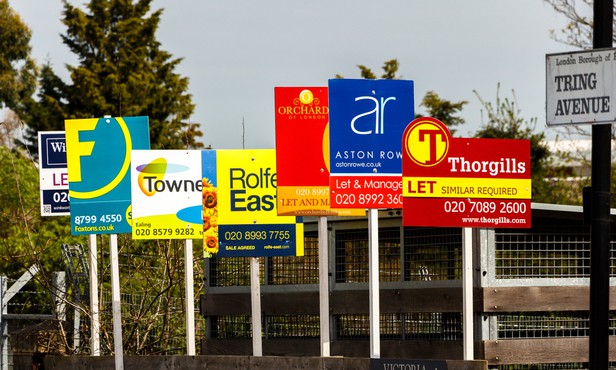The supply of rental properties in most markets is failing to keep up with demand, and the new supply of property coming to the market outside of London is 5% lower than in Q1 last year.

As the UK emerges from lockdown, rental demand is up by the greatest margin in central Edinburgh, rising 26% since Easter, according to Zoopla.
Central Leeds was next on the list, rising by 12%, followed by 7% in inner London and 5% in central Manchester.
Despite the demand, stock is down by 0.7% in Leeds, 1.1% in central Manchester, 3.2% in central Edinburgh and 9.9% in inner London.
Rental declines in London bottomed out in February of this year, down 10% year-on-year, with overall London rents now running at 9.4% lower.
Average monthly rents in London are now at the same level as they were in December 2013.
The fall in rents in the capital over the past year has resulted in rents being at their most affordable for 10 years.
Average rents now account for 42% of an average single-earner income in London, down from 49% in March 2020, and a peak of 53% in Q4 2016
Average rents in the City of London, Kensington and Chelsea, and Westminster, are running at their lowest for a decade, with the average monthly rent in Westminster at £2,259, down from a high of £2,617 in February last year.
Outside of London rents have risen at 3% year-on-year, the highest level of growth in four and half years.
Rents are rising fastest in the North East (5.5%) and the South West (5.3%) year-on-year, the strongest rate of growth in a decade in these regions amid increased demand and constrained supply.
The North East remains one of the most affordable regions in the country, with average rents absorbing 21% of the income of the average single earner pre-pandemic, compared to the UK average of 32%.
Current rental performance is being driven by a 59% uptick in demand for rental properties in the 28 days to the end of April, compared to the average demand recorded across the ‘normal’ markets of 2017-19.
In the first quarter of the year, demand for rental property outside of London was 32% higher than the same period last year.
The supply of rental properties in most markets is failing to keep up with demand, and the new supply of property coming to the market outside of London is 5% lower than in Q1 last year.
David Ross, managing director of Hometrack, said: ““Rental demand will continue to rise in city centres as offices start to re-open and this, coupled with increased affordability levels in many cases, will start to counter the negative pressure on rents seen over the last 12 months.
“In London, where rents are down 9.4% on the year, a modest reversal in rental declines has begun, but it will be a slow build back to pre-pandemic levels in inner London.
“The recovery will be uneven and we expect new or recently refurbished properties to attract higher levels of demand in H2.”



